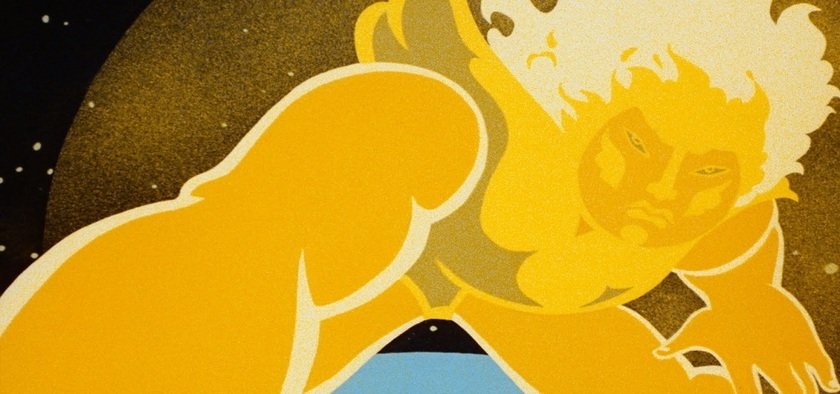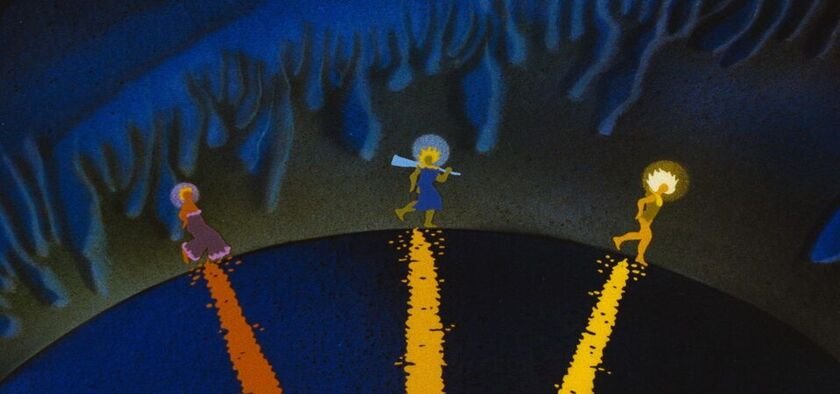
(If you like what you see, you can go to camseyeview.biz to see more of my work on video game reviews, editorials, lists, Kickstarters, developer interviews, and review/talk about animated films. If you would like, consider contributing to my Patreon at patreon.com/camseyeview. It would help support my work, and keep the website up. Thanks for checking out my work, and I hope you like this review!)
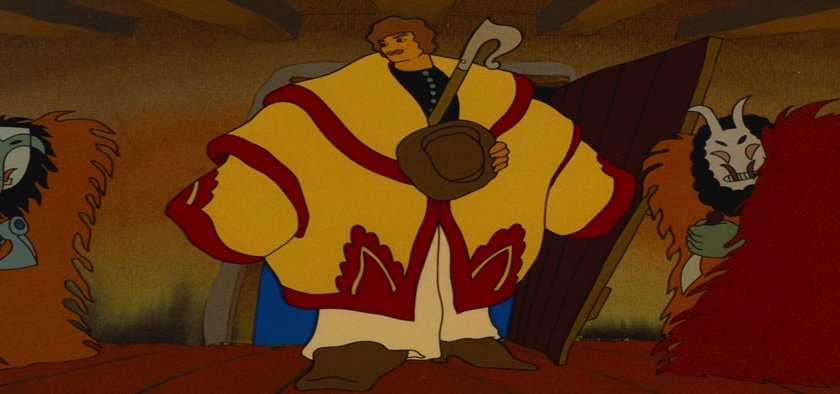
While I do love all forms of movie-making, since making a movie in live-action or some kind of animated form is a trial in and of itself, there is something so much cooler about animated films than live-action films. Sure, you can do a lot in live-action that animation can’t quite capture, but animation can, simply put, do everything live-action can’t. You have to worry so much more about live-action productions now, due to how much CGI is being used and VFX teams are being overworked and underpaid. While animation has its own challenges and is in need of unionization and going on strike next year when they can or are able to, the only limits for animation are your imagination. Production time and budget are there of course, but you don’t have to worry about CGI blending well with live-action humans, humans getting hurt, and so on and so forth. That’s the cool aspect of imagination. The only thing holding you back is yourself. Basically, Johnny Corncob is yet another example of why animation can be a superior medium in storytelling.
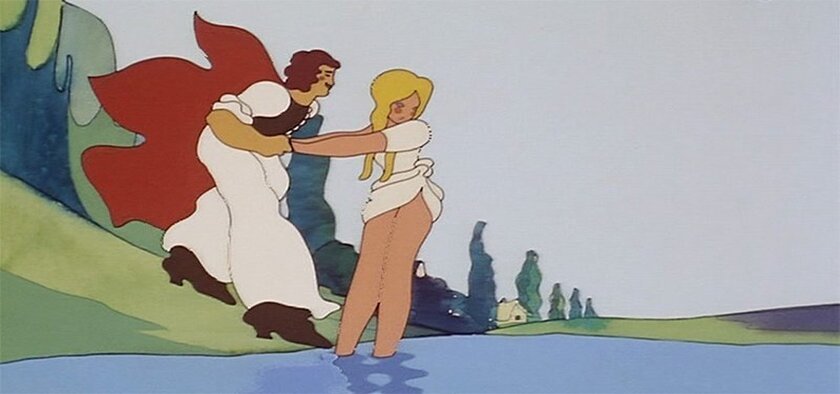
This wonderful Hungarian folktale is directed by Marcell Jankovics, written by Jankovics, Tamas Sipos, and Peter Szoboszlay, and is based on the poem by Sandor Petofi called Janos Vitez. It follows a shepard named Johnny Corncob, voiced by Gyorgy Cserhalmi, who falls in love with an orphaned individual named Iluska, voiced by Aniko Nagy. Through very fairytale means, the angry stepmother of Iluska tells Johnny that he can’t be with her. So, in brave folk hero fashion, Johnny ventures out into the world to find the means to win Iluska’s heart.
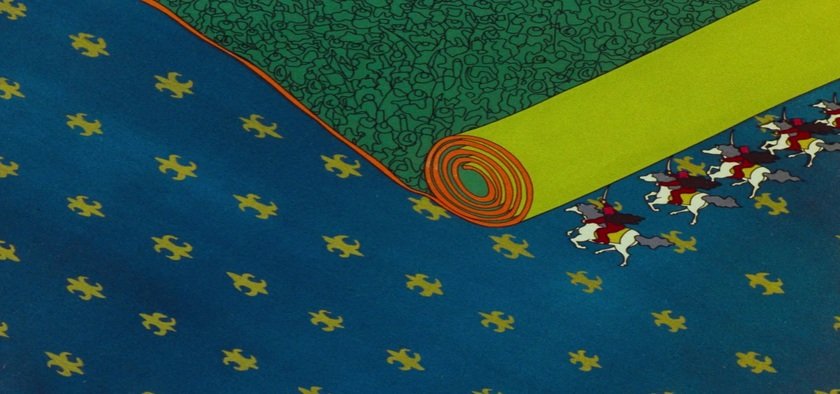
Like his latter film, Son of the White Mare, you can’t use real-world logic with this film. Otherwise, you would drive yourself mad with how many leaps in logic and storytelling there are in this fanciful tale. There are some things to criticize it for, like the fact that much of the film’s running time is spent with Johnny in the army, and this film isn’t all that long at 74 minutes. To spend a third of that runtime on the army beat of the story is a tad underwhelming. There are also a few storybeat moments that could have been handled better, as in how the movie just finishes with a paragraph of text telling us how it ends and only showing a little bit of the finale. But like I said, why would you invest your time into this story when it’s obviously not interested in telling a logical story? There are plenty of important and amazing films that run on magic, fairytale, and emotional logic, and we love those. The main journey of going through this story is our lead encountering different individuals like a group of bandits, a group of soldiers going to fight some war where France is getting attacked, a group of giants, and encountering an island full of fairies guarded by a giant salamander made of fire. There is very little logic that drives this, and our lead doesn’t waver from his heroic mindset. He doesn’t steal the stolen gold from the bandits, he doesn’t accept the hand of the king of France’s daughter in marriage, and he spares the giants after defeating their king. The only malice he shows is for the stepmother for an action she pulled in the story off-screen. If you love films like Fantasia where the music and animation are the driving force behind the experience, then you will absolutely be down for Johnny Corncob’s trials of earning the hand of the one he loves.

Honestly, if you aren’t here for the animation, then I don’t know why you would want to watch this film outside of it being one of the purest forms of cinematic storytelling. With the director being inspired by the visual style from The Yellow Submarine, you have some truly wild and surreal designs and animation decisions. Want to detail the witch being a creepy crow-like witchy individual? Give her a bird-like design and details. Want to be creative with how Johnny loses his flock of sheep? Have them fly into the sky and turn them into clouds. What does a giant look like while traversing the ocean to an island? Simply put, his legs turn into those water tornados and the giant’s body turns into clouds. What about the fire spreading through a house full of bandits? Have them look like fiery roosters. This is why animation is so cool as a storytelling medium, because you can do stuff like this and it makes perfect sense. The human designs are also so good with how they design Johnny himself with big billowing clothes and a large jacket-like cape. The soldiers and the sequences with the army have some splendid moments that include the soldiers carrying their own horses across a frozen Italy. My favorite moment is the army taking care of the invading forces by having them roll up like one would roll up a giant carpet. This film is full of vibrant animated moments and details that make for a unique experience that you can not find within the visual medium. You could maybe try CGI due to how we have the technology and tools to do so, but there is something so distinct with how it was told with 2D animation. There are some small details I would have chosen to do differently, with the invading army and some designs from them having what looks a little too close to details you would find in depictions of blackface, but otherwise, the animation in this film stands out. I dare you to watch this film and not find yourself amazed or smiling from ear to ear with how the emotions and animation combine into a spectacular journey.

For Hungary’s first animated film, they opened the door to the world of animation with a strong first impression. Johnny Corncob is a straightforward, but well-executed journey through the world of animation. For a long time, this was not readily available to watch, but you can now rent and purchase this film digitally and physically. It actually comes with the Blu-ray release of Son of the White Mare which is also readily available to watch. It’s so cool that some distributors and film archivists are starting to bring over these forgotten and important animated films to the world to watch and enjoy. What could be a classic in one country, could be a hidden gem or cult classic to the rest of the world. All that matters is that this film is just incredible and another example of how animation is objectively and truly film.
Rating: Essentials
